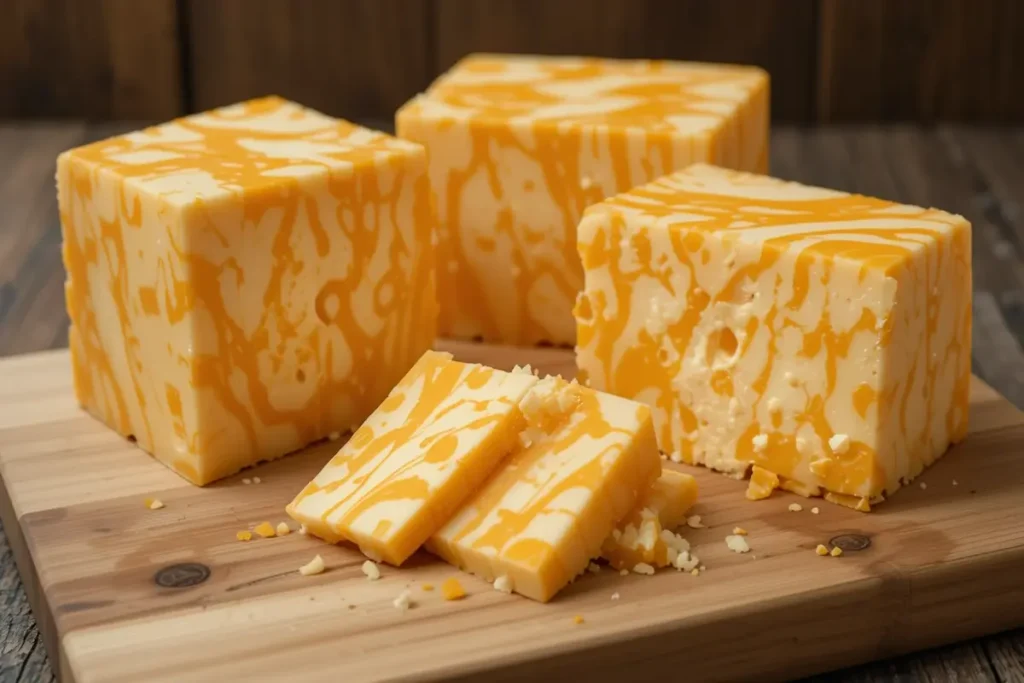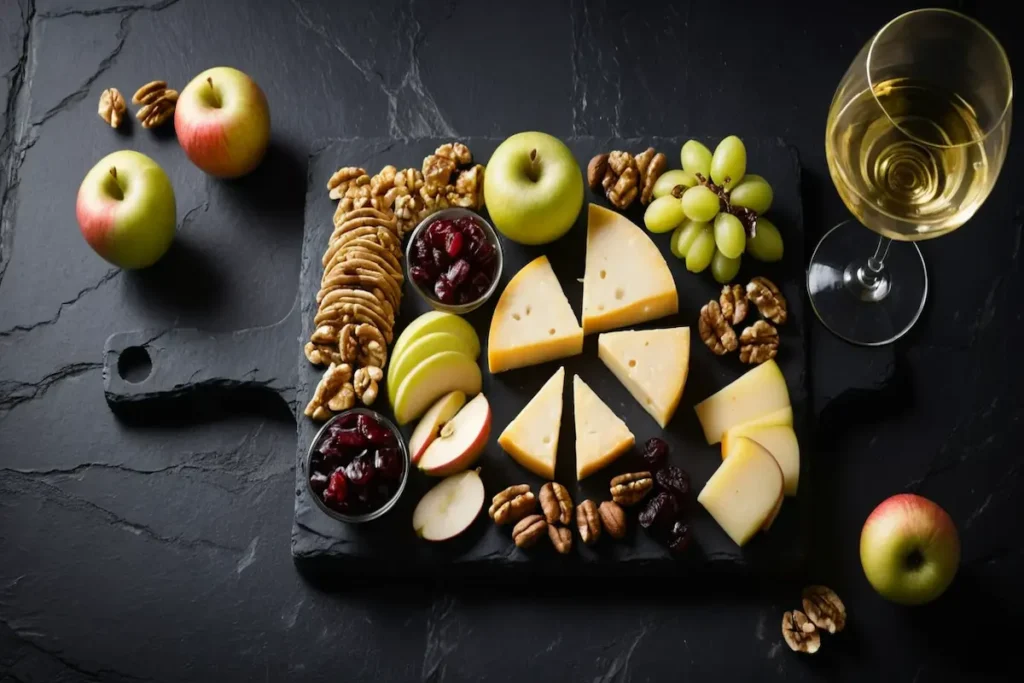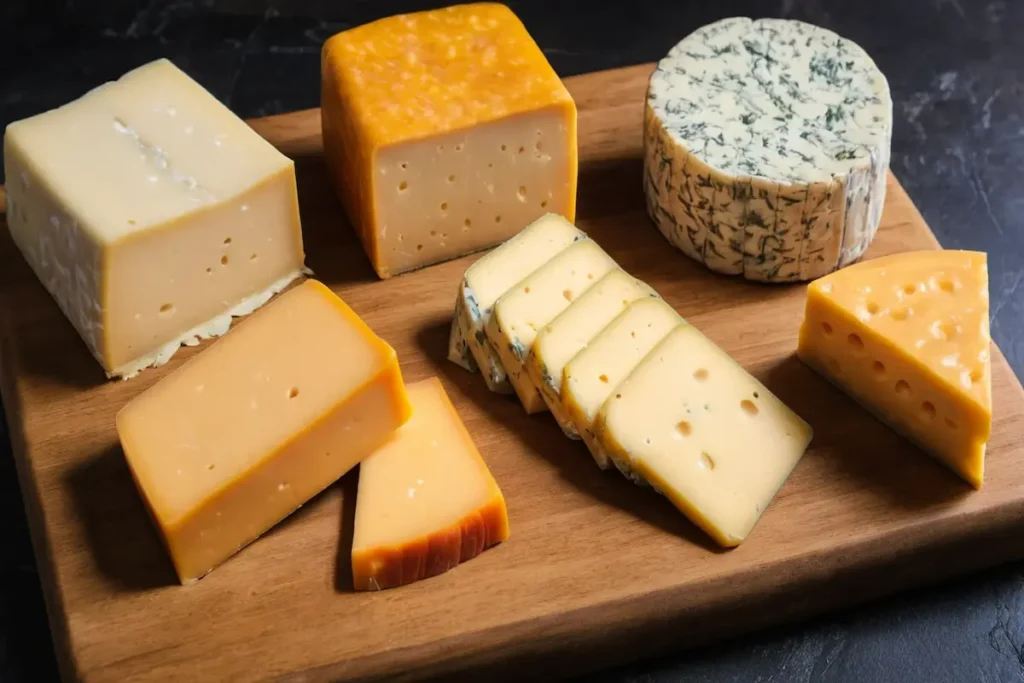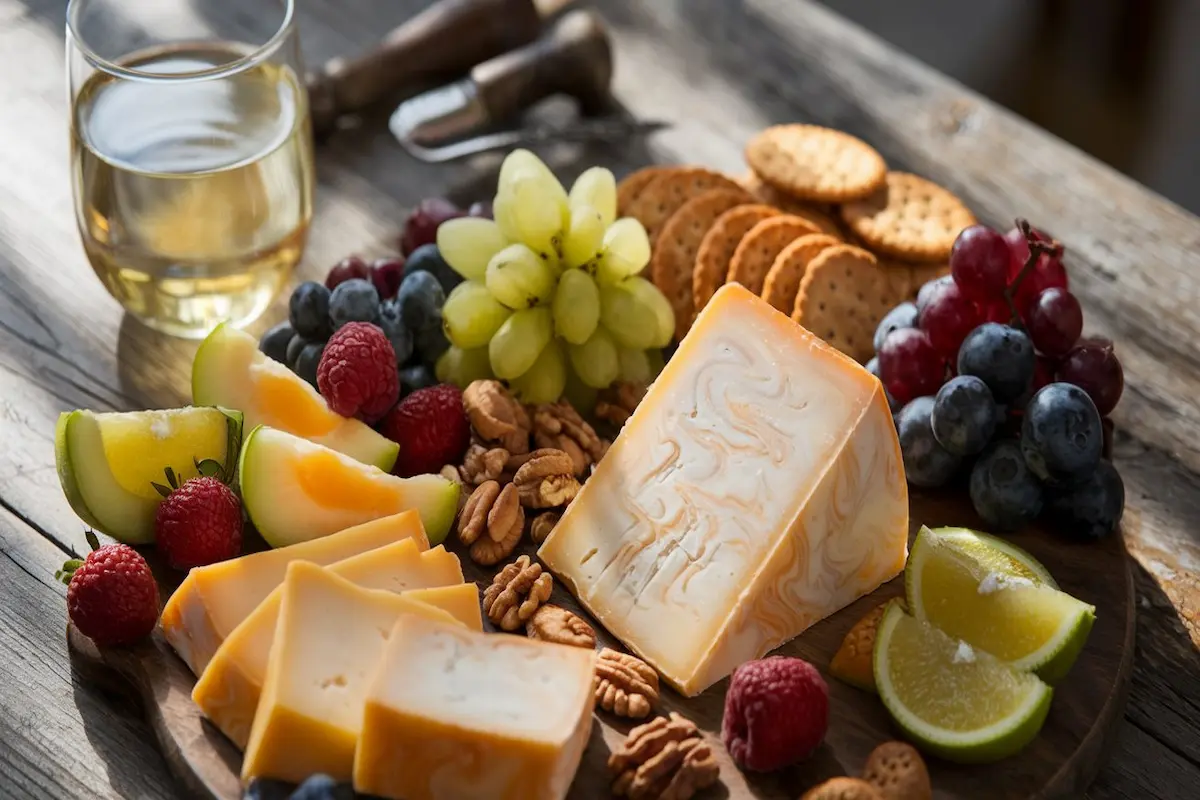Colby Jack cheese is more than just a staple ingredient in kitchens; it is a testament to the creativity and innovation of American cheesemakers. This semi-hard, marbled cheese, with its orange-and-white hues, mild flavor, and creamy texture, has carved its place in culinary traditions around the globe. This in-depth guide explores the origins, production, benefits, uses, and even a delectable recipe to help you incorporate Colby Jack cheese into your meals with flair.
Why Colby Jack Cheese Stands Out

What makes Colby Jack cheese so special? Its unique marbled texture, achieved by combining Colby and Monterey Jack cheeses, is only part of the story. This cheese boasts a versatility that makes it perfect for melting, slicing, snacking, and pairing with various dishes.
Key Characteristics of Colby Jack Cheese:
- Texture: Semi-hard yet creamy and easy to work with.
- Flavor: Mildly tangy with a hint of sweetness, making it universally appealing.
- Appearance: A striking marbled pattern of orange (Colby) and white (Monterey Jack).
These qualities make Colby Jack cheese a top choice for enhancing both everyday meals and gourmet creations. For creative recipes, discover more ideas in Tini Mac and Cheese Recipe.
The History Behind Colby Jack Cheese
Colby Cheese: A Wisconsin Icon
Colby cheese, first created in 1885 by Joseph Steinwand in Colby, Wisconsin, was revolutionary in its time. Steinwand introduced a curd-washing process that reduced acidity, producing a milder cheese compared to Cheddar. This innovation quickly made Colby cheese a favorite for its creamy texture and approachable flavor. Wisconsin Cheese highlights the state’s rich cheesemaking heritage, underscoring Colby cheese’s role in shaping the industry.
Monterey Jack: California’s Contribution
Monterey Jack originated in the 1700s in California, where Spanish missionaries crafted a mild cheese known as queso blanco. It evolved into the buttery Monterey Jack we know today, celebrated for its melting properties and mild, savory taste.
The Birth of Colby Jack
The union of Colby and Monterey Jack was a stroke of culinary genius. By blending the smoothness of Monterey Jack with the mild tang of Colby, cheesemakers created a product that combines the best of both worlds, making it a beloved staple across the United States.
The Cheesemaking Process: How Colby Jack is Crafted
Making Colby Jack cheese is both an art and a science. From selecting quality ingredients to achieving the perfect marbled texture, the process involves skillful blending and attention to detail.
Steps in Cheesemaking:
- Pasteurization: Milk is heated to remove harmful bacteria.
- Curd Formation: Rennet and cultures are added to separate curds from whey.
- Curd Washing: A unique step for Colby curds to create a milder flavor.
- Marbling: Colby and Monterey Jack curds are mixed to create the signature orange-and-white pattern.
- Pressing: The curds are pressed into molds for shaping.
- Aging: The cheese is aged under controlled conditions to develop its creamy, mild flavor.
For more insights into pairing Colby Jack with seasonal treats, explore the Ultimate Guide to Italian Christmas Desserts.
The Nutritional Benefits of Colby Jack Cheese
Colby Jack cheese isn’t just delicious; it’s also a nutritious addition to your diet. Packed with essential nutrients, it provides a good balance of protein, calcium, and healthy fats.
Nutritional Highlights:
- Calories: 110–120 per ounce.
- Protein: 7 grams per ounce, supporting muscle repair and growth.
- Calcium: Provides 20% of the daily recommended intake, promoting strong bones.
- Vitamins: A rich source of Vitamin B12 and riboflavin.
However, like all cheeses, it is calorie-dense, so moderation is key. To balance your meals, consider pairing Colby Jack with lighter options such as those in the Healthy Banana Ice Cream Guide.
Culinary Applications of Colby Jack Cheese
Few cheeses can rival the versatility of Colby Jack. Its smooth texture and mild flavor make it an ideal choice for various recipes, whether you’re melting it into comfort food or enjoying it fresh on a charcuterie board.
Top Uses for Colby Jack Cheese:
- Sandwiches and Wraps: Adds creaminess and flavor to paninis and deli sandwiches.
- Melting Applications: Perfect for nachos, pizzas, and casseroles.
- Snacking: Pair with nuts, fruits, or crackers for an easy snack.
- Cooking: Enhances the flavor of soups, sauces, and baked pasta dishes.
For inspiration, discover more recipes in Cheesy Baked Puff Pancake Recipe.
Recipe: Creamy Colby Jack Cheese Quesadillas

Add a touch of flair to your meals with this easy, flavorful quesadilla recipe that puts Colby Jack cheese in the spotlight.
Ingredients:
- 4 large flour tortillas
- 2 cups shredded Colby Jack cheese
- 1 cup cooked chicken, shredded (optional)
- 1/2 cup diced bell peppers
- 1/4 cup chopped fresh cilantro
- 1 tablespoon olive oil
- Sour cream and salsa for serving
Instructions:
- Prepare the Filling: In a bowl, combine Colby Jack cheese, chicken, bell peppers, and cilantro.
- Assemble the Quesadillas: Spread the mixture evenly on one-half of each tortilla, then fold the other half over.
- Cook the Quesadillas: Heat olive oil in a skillet over medium heat. Cook each quesadilla for 2–3 minutes on each side, until golden brown and the cheese is melted.
- Serve and Enjoy: Slice into wedges and serve with sour cream and salsa.
For additional meal ideas, explore more options in Ultimate Guide Dino Egg Oatmeal.
Pairing Colby Jack Cheese with Foods and Beverages

Pairing Colby Jack cheese with complementary foods and drinks can elevate your dining experience. Its mild and creamy flavor works well with both sweet and savory items.
Pairing Suggestions:
- Wines: Try with Chardonnay or Riesling for a light, fruity pairing.
- Beers: Pairs beautifully with pale ales or lagers.
- Snacks: Match with apple slices, walnuts, or dried cranberries for a balanced taste.
Storing and Preserving Colby Jack Cheese
To maintain its quality and flavor, proper storage of Colby Jack cheese is essential. Always keep it in the refrigerator and wrap it tightly in wax paper or plastic wrap.
Tips for Storage:
- Refrigeration: Ideal temperature is 35°F–40°F.
- Freezing: Suitable for longer storage, though it may slightly alter texture.
- Shelf Life: Best consumed within two weeks of opening.
Frequently Asked Questions About Colby Jack Cheese

Is Colby Jack cheese gluten-free?
Yes, it is naturally gluten-free, as it contains no wheat-based ingredients.
Can Colby Jack cheese be used in desserts?
Its mild flavor allows it to complement savory and some sweet dishes, such as cheesy bread or savory pastries.
How long does Colby Jack last after opening?
When stored properly, it lasts 2–3 weeks.
Is it safe for lactose-intolerant individuals?
Aged Colby Jack cheese contains lower lactose levels and may be suitable for some individuals.
Colby Jack cheese continues to delight culinary enthusiasts with its versatility, rich history, and creamy flavor. Whether you’re cooking up a hearty meal, crafting a gourmet snack, or simply enjoying its creamy texture on its own, this cheese is a timeless addition to any table. Let its marbled beauty and mild tang inspire your next culinary adventure!


Your website is purely amazing. The standard of your writing is impressive.
I’m impressed by your aptitude to turn even the most common topics into engaging writing. Kudos to you!